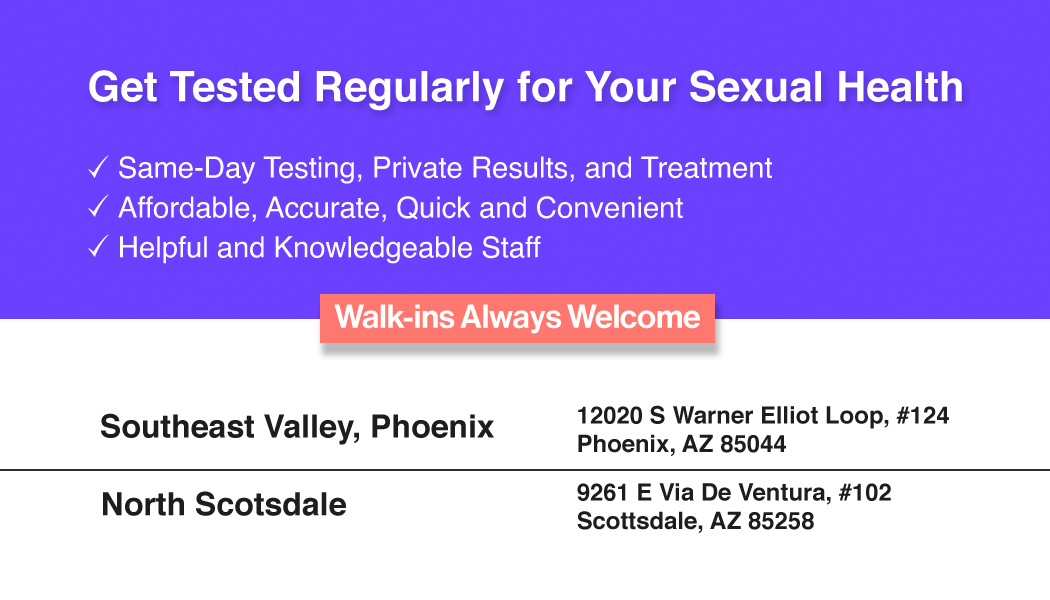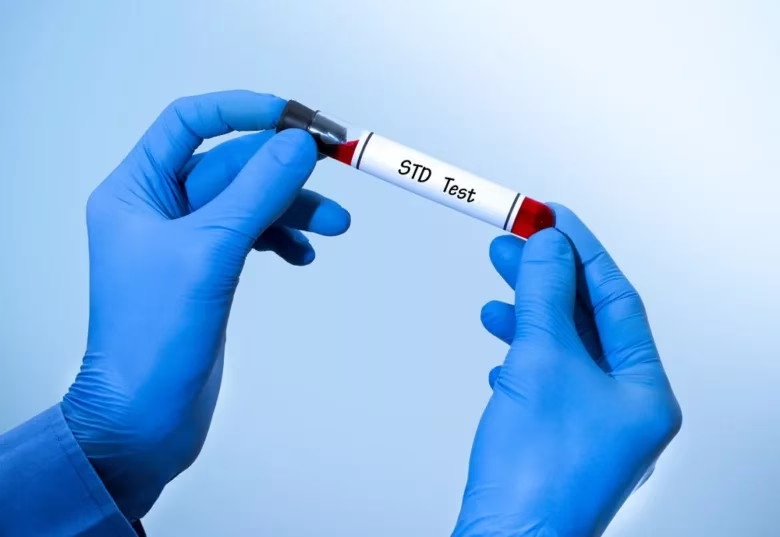Unfortunately, new diseases keep emerging all the time. Sexually transmitted infections are no exception to the rule. Everyone is familiar with the common sexually transmitted illnesses (STIs), such as gonorrhea, chlamydia, and syphilis. However, these common diseases are not the only ones that you can detect with a quick STD test and treat.
There are more than 30 STIs that are currently recognized, and four, in particular, are alarmingly on the rise. Some are becoming resistant to antibiotics, while others are merely harmful. To better protect yourself and others, you must learn about the four main STDs that are on the rise right now.
- Neisseria Meningitidis
As per recent surveys, around 5 to 10 percent of individuals have this infection in their throat and back of their nose. According to studies, they may be able to spread the virus to their partners through oral sex, kissing, or another intimate physical contact that can spread infectious droplets. You need to go for an STD test the moment you experience the signs and symptoms mentioned below:
- Fever
- Headache
- Stiff neck
- Nausea
- Vomiting
- Photophobia (eyes being more sensitive to light)
- Altered mental status (unusual state of confusion and clumsiness)
- Mycoplasma Genitalium
One of the tiniest bacteria known as M. genitalium is becoming widely known as a concerning STI. Mycoplasma genitalium has been studied since 1981, although the CDC only recognized it as an STI in 2015. Even though less than 2% of people in the US currently have this virus, incidences of it have been on the rise. This incredibly little bacteria, also known as Mgen, frequently goes unnoticed and prefers to colonize the urethra and vaginal tract. But occasionally, it causes urethral irritation akin to gonorrhea or chlamydia.
Men can harm the fallopian tubes in women, leading to vaginal bleeding and infertility, and can cause pain and swelling in the scrotum in males. Due to its uncommonness and identical symptoms, doctors may misprescribe treatments for it, extending symptoms and possibly causing further damage. Only availing timely STD testing services can help you detect the right disease.
- Shigella Flexneri
Shigella flexneri is a quite contagious bug that can spread during rectal sex, according to experts, however, it usually spreads by people not washing their hands or drinking infected water. In the MSM community, there have been a few minor outbreaks, and concerns about antibiotic resistance are growing.
- Lymphogranuloma Venereum (LGV)
This STI, which is brought on by uncommon strains of Chlamydia trachomatis, can result in a terrible infection.
LGV may first cause a transient vaginal blister, pimple, or ulcer before invading the lymphatic system. Rectal infection can cause persistent and severe colon and rectal abnormalities such as fistulas and strictures, mimicking inflammatory bowel disease.
In Europe and North America, LGV has increased in prevalence over the past ten years and has been linked to several disease outbreaks, particularly in gay and bisexual males. Similar to chlamydia, LGV can raise the chance of getting HIV. However, using condoms during vaginal or anal intercourse can reduce the risk.
Who is Most Prone to Stds? How Often Should You Get an STD Test?
The majority of STD cases among young individuals (15-24) account for around 50% of all new cases. Additionally, because many infections have minimal or no symptoms, many young people are unaware they have an STD. Young women typically suffer more negative effects from untreated STDs since they may damage their fertility. Sexually transmitted diseases (STDs) can affect anyone who engages in sexual activity. However, certain factors can increase the risk of contracting an STD. Here are some factors that may make individuals more prone to STDs:
- Unprotected sex: Engaging in sexual activity without using condoms or other barrier methods of contraception increases the risk of STD transmission.
- Multiple sexual partners: Having multiple sexual partners or having sexual contact with someone who has had multiple partners increases the risk of exposure to STDs.
- Lack of knowledge: Lack of awareness or accurate information about STDs and how they are transmitted can increase the likelihood of engaging in risky sexual behavior.
- Age: Younger individuals, particularly those in their late teens and early twenties, may be at higher risk due to factors such as increased sexual experimentation, limited sexual health education, and lower rates of condom use.
- Substance abuse: Substance abuse, particularly the use of drugs or alcohol, can impair judgment and decision-making, leading to an increased likelihood of engaging in risky sexual behavior.
- Previous history of STDs: Having a history of STDs, such as chlamydia, gonorrhea, or syphilis, increases the risk of acquiring another infection.
- Lack of access to healthcare: Limited access to healthcare services, including sexual health education, testing, and treatment, can contribute to a higher risk of STD transmission.
It is important to note that anyone who is sexually active can potentially contract an STD. Taking precautions such as practicing safe sex, getting regular STD testing, and maintaining open communication with sexual partners can help reduce the risk of STD transmission.
The CDC suggests getting tested at least once a year for people who are at higher risk.
How to Get an STD Test for These 4 New Variants?
To get an STD test for the four mentioned variants, it is important to consult with healthcare professionals and visit an STD testing clinic.
Some general steps and considerations:
- Pre-Test Consultation: To get tested for STIs, reach out to a healthcare professional. Describe any symptoms or concerns you have with the mentioned variants to get appropriate recommendations. They will perform a physical exam to check for signs of STDs like genital lumps, bumps, or ulcers to help pick relevant tests.
- Laboratory Testing: To diagnose certain types of STDs, lab tests are required. Neisseria Meningitidis is detected through PCR and culture tests. Mycoplasma Genitalium is tested using nucleic acid amplification tests. Chlamydia trachomatis DNA can be detected through PCR, and Shigella Flexneri would require stool samples for analysis.
- Post-Test Consultation: Once STD test results are available, schedule a follow-up appointment with the healthcare professional to discuss the results, interpretation, and any necessary treatment or further steps.
How Long Does it Take to Get STD Test Results?
The average turnaround time for an STD test ranges between 48 to 72 hours. Some tests, like the one for HIV or syphilis, require around 30-60 minutes to produce a result.
Conclusion

Many STDs don’t have outright symptoms. Please schedule a prompt consultation if you have engaged in unprotected sexual activity that may have increased your chances of contracting an STD or becoming pregnant. Book an appointment at Affordable Rapid Testing, Phoenix, Arizona.
We accept walk-ins, or you can make an online appointment. Please contact us at (480) 613-4867 if you have any further inquiries or need more information.


